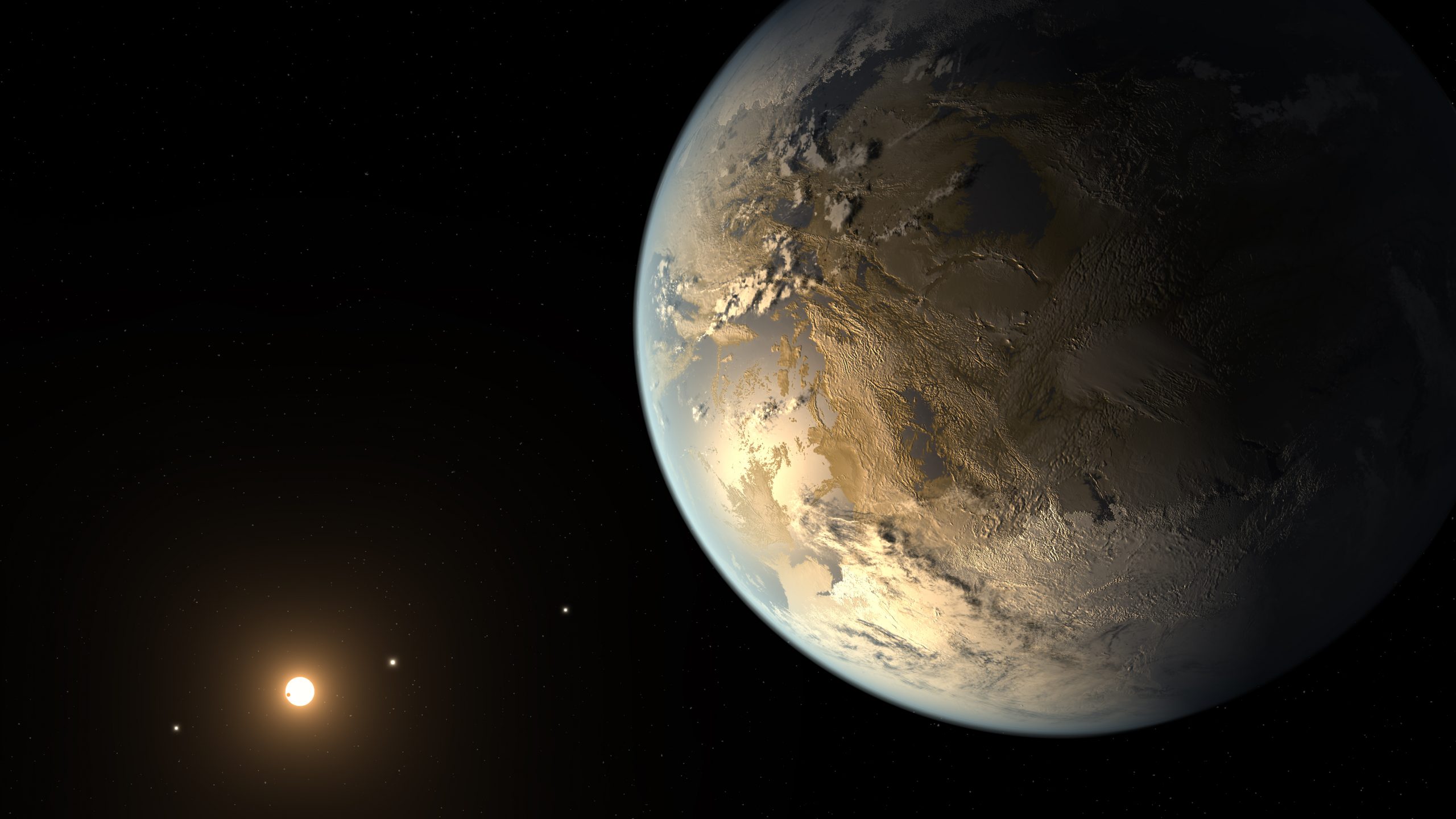
Advancing Astrobiology: The Search for Signs of Life Elsewhere in the Universe
Summary
NASA should invest in a comprehensive program to answer one of humanity’s biggest questions: “Are we alone?”
The United States has the scientific and technological prowess to find possible evidence of past or present life in our solar system. Over the last decade, the space science community has discovered Earth-like planets around other stars. The United States has launched Mars 2020—its first astrobiology mission to Mars. The Perseverance Rover will seek signs of ancient life and is part of the initial Mars Sample Return campaign. And, in the coming decade, we are poised for exponential growth in the technology, planetary science, and astrophysics components of the search for life.
Establishing a formal Astrobiology Program Office at NASA would better elevate, coordinate, and guide what could be the agency’s most important mission. Notably, there are currently no NASA programs on astrobiology that integrate across the Astrophysics and Planetary Science divisions in NASA’s Science Mission Directorate along with the technology investments of NASA’s Space Technology Mission Directorate. NASA has no astrobiology czar.
Astrobiology is a relatively modern scientific field of study that has been enabled by a suite of robotic space missions and next-generation telescopes. We now have the potential to reveal new insights into the fundamental nature of life across the universe and our own planet.
Understanding the implications of climate change in agriculture and forestry is crucial for our nation to forge ahead with effective strategies and outcomes.
In the quest for sustainable energy and materials, biomass emerges as a key player, bridging the gap between the energy sector and the burgeoning U.S. and regional bioeconomies.
In the last decade, the U.S. has made significant investments to address the wildfire crisis, including the historic investments in hazardous fuels reduction through the IRA and IIJA.
The widespread adoption of conservation agricultural practices to protect soils is key to ensuring food security and water quality for current and future generations in the United States.